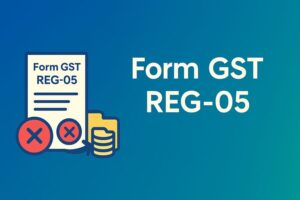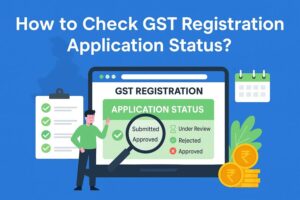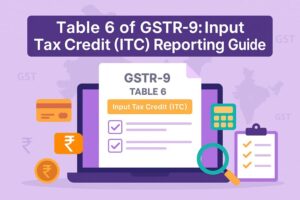A Guide on How to File GST Return for Reverse Charge
- 24 Jan 25
- 11 mins
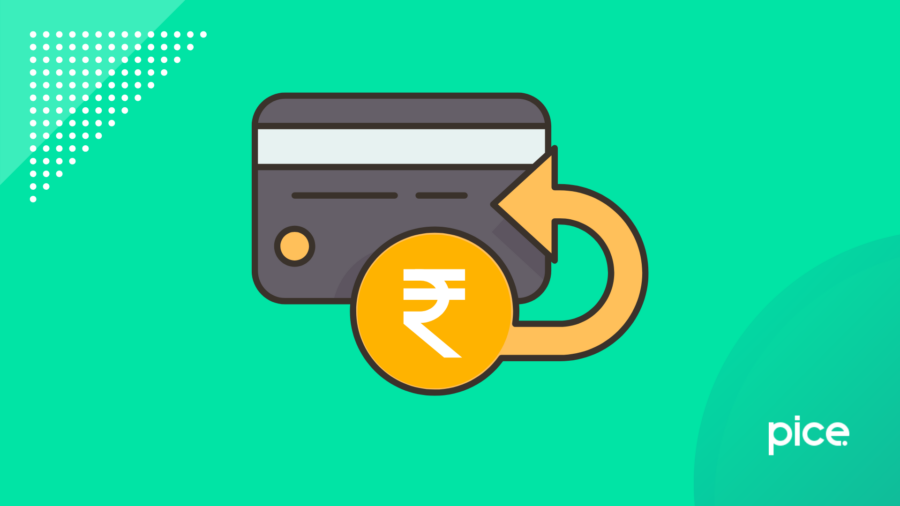
A Guide on How to File GST Return for Reverse Charge
- What is the Reverse Charge Mechanism in GST?
- Reaction of Reverse Charge Mechanism Under GST
- Current Scenario of Reverse Charge Mechanism in GST
- RCM Provisions Under GSTR Forms (GSTR-1 & GSTR-2)
- When Is Reverse Charge Applicable?
- Time of Supply Under RCM in GST
- Registration Rules Under RCM
- Who Should Pay GST Under RCM?
- Input Tax Credit (ITC) Under RCM
- Conclusion
Key Takeaways
- RCM Overview: Reverse Charge shifts GST payment responsibility to the recipient of goods or services.
- Scope: Applies to specified goods, services, imports, and transactions with unregistered suppliers.
- ITC Eligibility: Recipients can claim ITC only for business-related GST paid under RCM.
- Time of Supply: Payment timing is based on invoice, receipt, or payment dates, as specified.
- Compliance: GST registration and cash payment are mandatory under RCM, with proper reporting in GSTR forms.
Under the GST Act, a Reverse Charge Mechanism (RCM) is applied in specific situations within the Indian finance ecosystem where the recipient is responsible for paying GST to the government instead of the supplier. In this blog, you can learn in detail about the reverse charge mechanism and also see how to file a GST return for reverse charge.
Finally, we will help you grasp the particular scenarios where reverse charge becomes applicable.
What is the Reverse Charge Mechanism in GST?
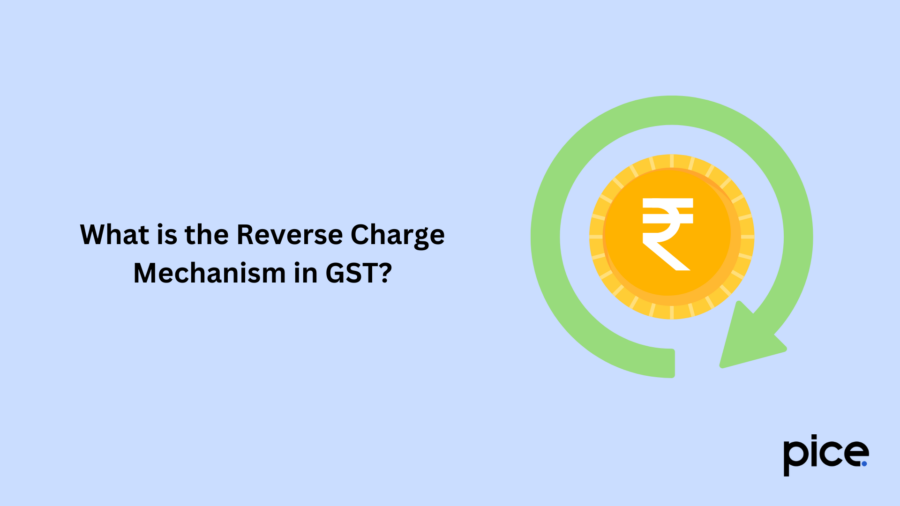
In normal scenarios, a GST-registered supplier of products or services settles taxes on behalf of their customers. But, under the reverse charge mechanism, if you are a recipient of taxable supplies, then you have to pay the tax as the chargeability is entirely reversed.
The primary aim of implementing the reverse charge procedure is to expand the scope of taxation, especially for unorganised sectors. Additionally, it helps to extend necessary exemptions to certain suppliers and levy taxes on the import of supplies (as the regular rule cannot be followed as the supplier is located outside India).
A few business categories are only subject to the RCM system. You can explore the business constitution of a certain GST number by utilising a GST search tool online.
Reaction of Reverse Charge Mechanism Under GST
The GST Council proposed the reverse charge mechanism to collect more tax on relevant taxable supplies. Most of the Indian small and mid-scale businesses are unorganized, and their operators commonly lack compliance-related knowledge. Therefore, the government approved the application of reverse charge to reduce the tax burden on small businesses.
Instead, the GST Council found it reasonable to shift the duties to larger organisations that can afford sufficient resources. However, immediately after implementation, this benefit could not be clearly felt. Rather, a dreadful situation arose as most large enterprises stopped purchasing items or taking services from unregistered dealers to avoid the additional GST liabilities.
Consequently, smaller business owners started enrolling their ventures under the GST law. Therefore, the government has temporarily halted the reverse charge provisions.
Current Scenario of Reverse Charge Mechanism in GST
As the RCM was introduced, more stringent compliance regulations were implemented by the GST Council to streamline the tax-paying environment.
The wide enactment of the Goods and Services Tax has expanded the scope of RCM. Under the new taxation laws, RCM not only applies to the supply of services but also encompasses transactions involving taxable goods.
These modifications denote a systematic shift towards a compliant or more organised tax collection method in India. In the long run, this trend is strongly believed to promote India’s financial infrastructure. However, the implementation of RCM has always encountered new challenges, which have necessitated ongoing evaluations and refinements to boost its effectiveness.
RCM Provisions Under GSTR Forms (GSTR-1 & GSTR-2)
If you are a supplier who deals in products or services that come under RCM, you will not be eligible to claim input tax credit (ITC).
Moreover, importers are needed to pay GST under the reverse charge mechanism in addition to import duties. If you are wondering what both GSTR-1 and GSTR-2 denote, then the former is used to record inward supplies while the second form details the supplies further down the supply chain.
In short, if your business comes under the provisions of reverse charge, then you must enroll your enterprise under GST, disregarding the annual turnover. You will be allowed to claim ITC for RCM payments. However, you have to use this money for business requirements. Some services under the reverse charge mechanism include recovery agents, goods transport agencies, and so on.
When Is Reverse Charge Applicable?
Sections 9(5), 9(4), and 9(3) of the CGST Act handle the reverse charge regulations for transactions involving intrastate supplies. Additionally, under the Integrated Goods and Services Tax, you will see sections 5(3), 5(5), and 5(4) governing the RCM measures for interstate transactions.
Here’s a detailed discussion of these situations:
- Supply of Specific Products and Services Mentioned by the CBIC
According to the provisions stated in Section 9(3) of the CGST law, a list of products and services has been shortlisted by the CBIC to be included under the reverse charge category.
- Supply from a GST-Unregistered Person to a Registered Supplier
Section 9(4) of the CGST law infers that if a non-GST vendor sells supplies liable to taxation to an individual who comes under the realm of GST, then a reverse charge will come into play. It summarises that the receiver must settle the total due GST instead of the supplier. Here, self-made invoices have to be made by the registered person for the purchases they made.
Both SGST and CGST apply to intrastate transactions that come under a reverse charge mechanism. Moreover, the buyer has to pay IGST for intrastate purchases. The government occasionally updates the list of goods and services that come under RCM.
Through official declarations, the government mandated real estate promoters to procure up to 80% of their inward supplies from GST-registered suppliers only. Suppose this percentage criteria is not met. Then the promoter needs to pay 18% GST (reverse charge) to cover the shortfall.
Additionally, if cement is bought from an unregistered supplier, then the promoter will have to pay a tax of 28%.
A promoter is obligated to settle a reverse charge on the floor space index or TDR supplied on or after April 1, 2019. However, if a landowner is not found to be connected with regular real estate business, the transfer of development rights initiated by these individuals to a promoter is subject to tax. This is because such activities fall under Section 7 of the CGST law. Also, if one developer sells TDRs to another, there is an 18% GST reverse charge.
- Supply Conducted Via an E-Commerce Operator
Every business can utilise e-commerce platforms to promote their sales. Section 9(5) of the CGST Act specifies that when a service provider takes the help of e-commerce websites to extend certain services, then the concerned e-commerce operator will be subject to a reverse charge.
Under this section, you see the following services:
- Transportation supplies liable to GST offered to passengers using a motor cab, radio-taxi, and motorcycle. Examples include companies like Ola and Uber.
- Accommodation facilities offered via hotels, clubs, campsites, or similar commercial places that are built for lodging purposes, excluding instances where the individual providing that service via an e-commerce platform is obligated to register when their turnover exceeds a specified limit. Here, you take examples like MakeMyTrip and Oyo.
- Housekeeping services, like laundry, plumbing, carpenting, etc., excluding instances where the individual is providing those services via e-commerce, operators have to register when the turnover exceeds a mentioned limit.
For instance, businesses like Urban Company extend services like air conditioner repair. In these cases, the taxable person itself must pay the GST to the relevant authorities and not the service provider.
Additionally, let us assume that an e-commerce operator’s office is not located in India. For such instances, a person representing them within the taxable territory will be liable to pay the GST for relevant purposes.
Time of Supply Under RCM in GST
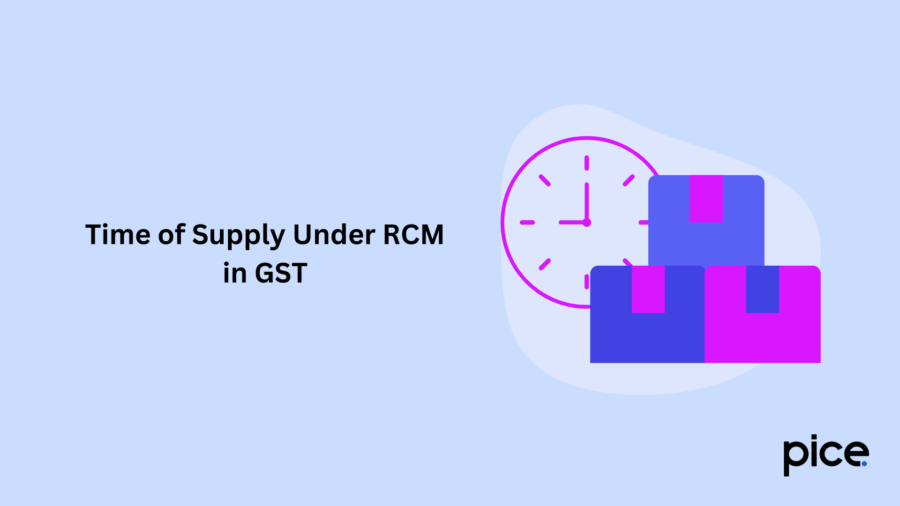
- Time of Supply Where Goods are Delivered
When the reverse charge mechanism is applicable, then the time of supply of goods will be the earliest among the below-mentioned dates:
- The payment settlement date
- The date on which the recipient received the goods
- The date after 30 days of the issue of invoice by the concerned supplier
In cases where the time of supply cannot be ascertained, the book entry date on the recipient's side of the transaction may be considered equivalent.
- Time of Supply Where Services are Delivered
For reverse charge transactions, the earliest incident among the following dates will be considered as the time of supply:
- The payment date
- The date after 60 days of the issue of invoice from the end of the unregistered supplier
- The GST-compliant invoice issuing date by the recipient
Registration Rules Under RCM
The CGST Act comprises Section 24 that states if a person is responsible for payment of tax as per the reverse charge norm, they have to compulsorily enrol themselves under the GST Act. They won’t be subject to the minimum turnover rule, i.e., ₹20 lakh for services and ₹40 lakh for products.
Who Should Pay GST Under RCM?
Under the reverse charge mechanism, a recipient of supplies (both goods and services) has to settle the due GST to abide by tax compliance. However, the supplier is required to mention the payable GST in the tax invoice.
You must remember the following pointers while furnishing GST payments under RCM:
- The recipient of supplies can claim the input tax credit on the GST settled under RCM only when those goods or services received are being used for business or related purposes.
- Where a composition dealer is engaged with RCM, they should compute and pay GST rates as per normal rates and not the composition rates. Additionally, these taxable persons cannot recover any input tax credit in respect of the tax paid.
GST compensation cess can be levied on tax due under the reverse charge system.
Input Tax Credit (ITC) Under RCM
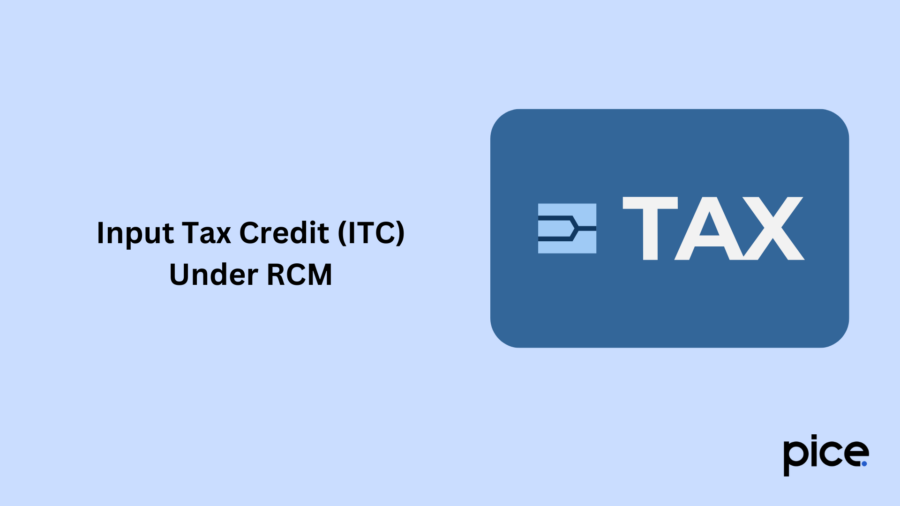
A registered supplier is not permitted to avail ITC against the GST settled under the reverse charge mechanism. However, the recipient is allowed to opt for ITC on the GST value paid as RCM after receiving the concerned products or services. However, for that, they must use the input tax credit for business purchases or growth.
Regarding the details of input tax credit under CGST Act 16(4), the CBIC's June 26, 2024 circular (211/5/2024-GST) clarifies that the relevant financial year will be that mentioned on the self-invoice.
If a casual taxable person draws a GST bill after the supply date and settles tax accordingly, then interest will be due on such late tax payments. Additionally, if a recipient is found to issue a delayed invoice, then he can also face penal action as per Section 122 of the CGST Act.
Lastly, a recipient paying GST under reverse charge cannot utilise the input tax credit to settle outstanding tax obligations. These dues have to be settled via cash only.
Conclusion
Whenever reverse charge will be applicable, the supplier needs to mention the same using Table 4B of GSTR-1 to maintain direct tax compliance. In return, the recipient must confirm the purchases using Table 3.1(D) of GSTR-3B. It is quite possible that after knowing how to file a GST return for reverse charge, you still become confused while executing. At that time, you may consult with experts for streamlined guidance.
💡If you want to streamline your payment and make GST payments, consider using the PICE App. Explore the PICE App today and take your business to new heights.
 By
By 





